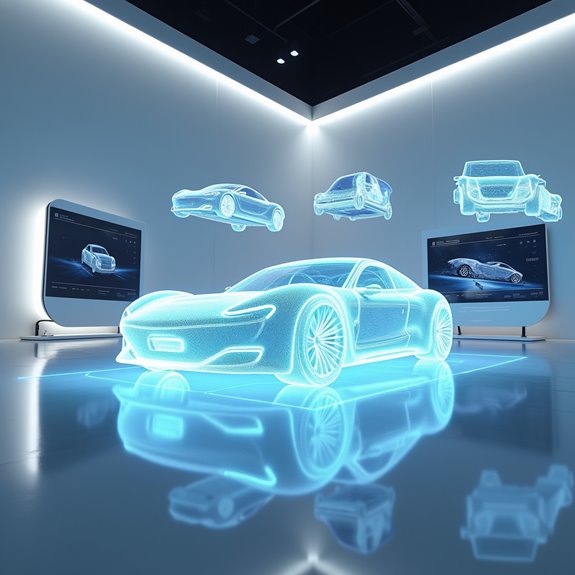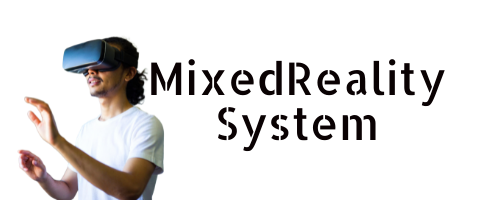Virtual reality has transformed how cars go from idea to reality, replacing messy clay models with digital magic. Designers can now wave their hands to sculpt vehicles in 3D space, while engineers run virtual crash tests without destroying a single bumper. The tech saves massive time and money, letting teams perfect every detail before building physical cars. Companies even use VR showrooms where customers customize their dream rides – and that's just scratching the surface of what's possible.

Virtual reality is revolutionizing the way cars go from sketch to showroom, and it's about time we buckle up for this exciting ride. Gone are the days when automotive designers had to rely solely on clay models and physical prototypes to bring their creative visions to life. Now, they're stepping into immersive virtual worlds where they can twist, turn, and transform their designs with just a wave of their hand.
Think of it as playing the world's most sophisticated video game, except instead of battling monsters, designers are crafting the cars of tomorrow. Using tools like Autodesk VRED and Unity, they can walk around their digital creations, peek under the hood, and even sit in the virtual driver's seat – all before a single piece of metal is bent or welded. It's like having a magical garage where anything is possible, and the best part? No oil stains on your favorite shoes! Companies like BMW are even conducting virtual crash tests to evaluate structural integrity before building physical models. With the global VR automotive market expected to reach 14.7 billion dollars by 2027, this technology is clearly driving the industry's future.
Virtual design studios are like digital playgrounds where automotive designers shape tomorrow's vehicles with the wave of a hand
The beauty of VR in automotive design isn't just about the cool factor – it's a serious money-saver too. Instead of building multiple physical prototypes that might cost as much as a small mansion, designers can make unlimited tweaks in the virtual world. Virtual prototyping significantly reduces development time and costs across the industry. And when designers in Detroit want to collaborate with their colleagues in Munich? They simply pop on their VR headsets and meet in the same virtual space, as if they're standing right next to each other.
But the real game-changer is how VR helps catch design flaws early. Imagine discovering that a door handle is awkwardly placed or a dashboard button is hard to reach – before spending millions on production. Designers can even test how different people interact with the car's features, ensuring everything from seat comfort to visibility works perfectly for everyone.
And for customers? They're getting in on the action too, using VR showrooms to customize their dream cars and experience them in stunning detail before making a purchase. It's like test-driving the future, minus the nervous salesperson in the passenger seat.
Frequently Asked Questions
How Much Does a VR Automotive Design System Typically Cost?
A complete VR automotive design system typically costs between $100,000 to $500,000, including high-end headsets, specialized software, implementation costs, and necessary IT infrastructure for proper integration.
Can VR Design Tools Integrate With Existing CAD Software?
Many VR design tools integrate with CAD software through specialized interfaces and plugins, allowing bi-directional data exchange, though compatibility issues and data translation challenges may require optimization solutions.
What Training Is Required for Automotive Engineers to Use VR Effectively?
Engineers require initial VR hardware training, software interface familiarization, spatial awareness practice, and specialized courses in VR-CAD integration tools to effectively utilize virtual design environments.
Do Automotive VR Systems Work With All Types of VR Headsets?
Automotive VR systems typically support major headsets like Varjo, HTC VIVE, and Valve Index. Many systems offer customization options to accommodate additional headsets, though compatibility varies between platforms and manufacturers.
How Long Does It Take to Implement VR Technology in Automotive Design?
Implementing VR technology requires several phases, taking 6-12 months for complete integration. This includes initial training, equipment setup, software integration, pilot testing, and full-scale deployment across operations.



Leave a Reply